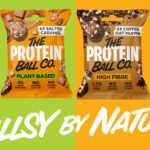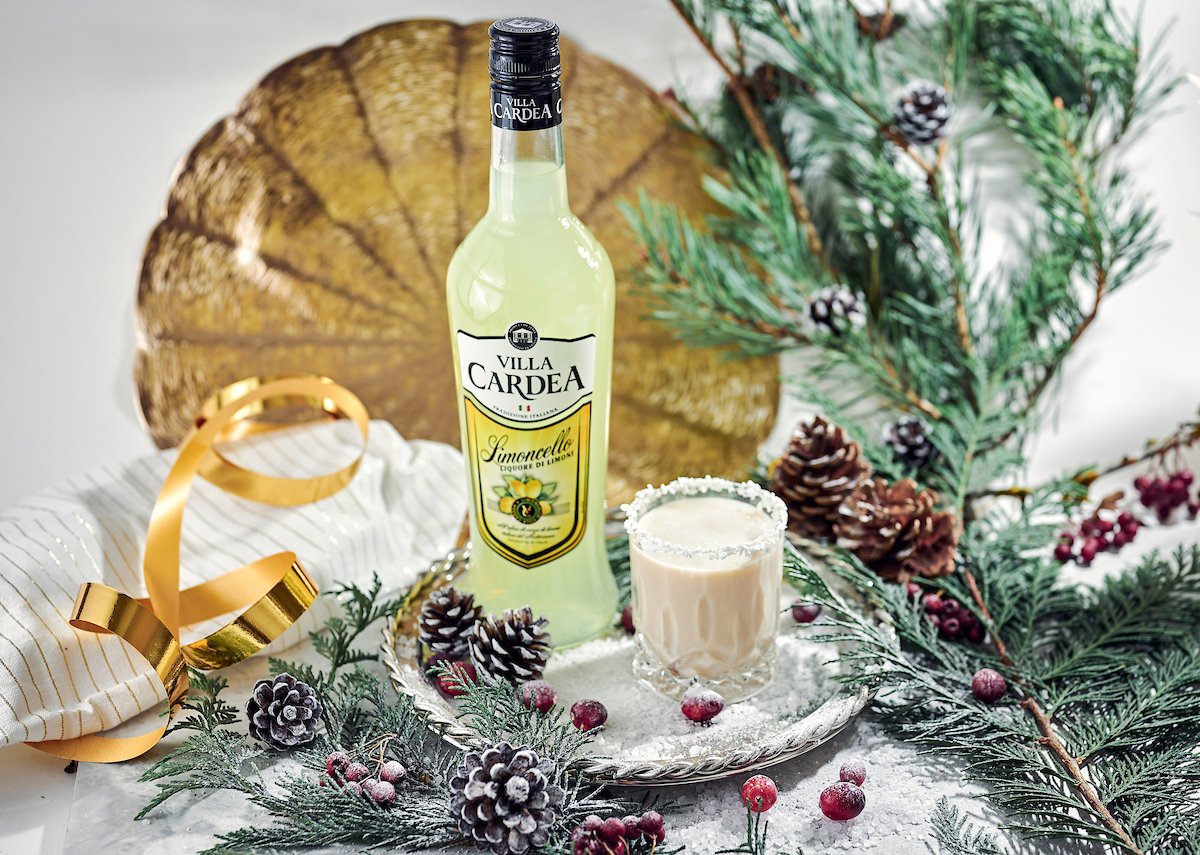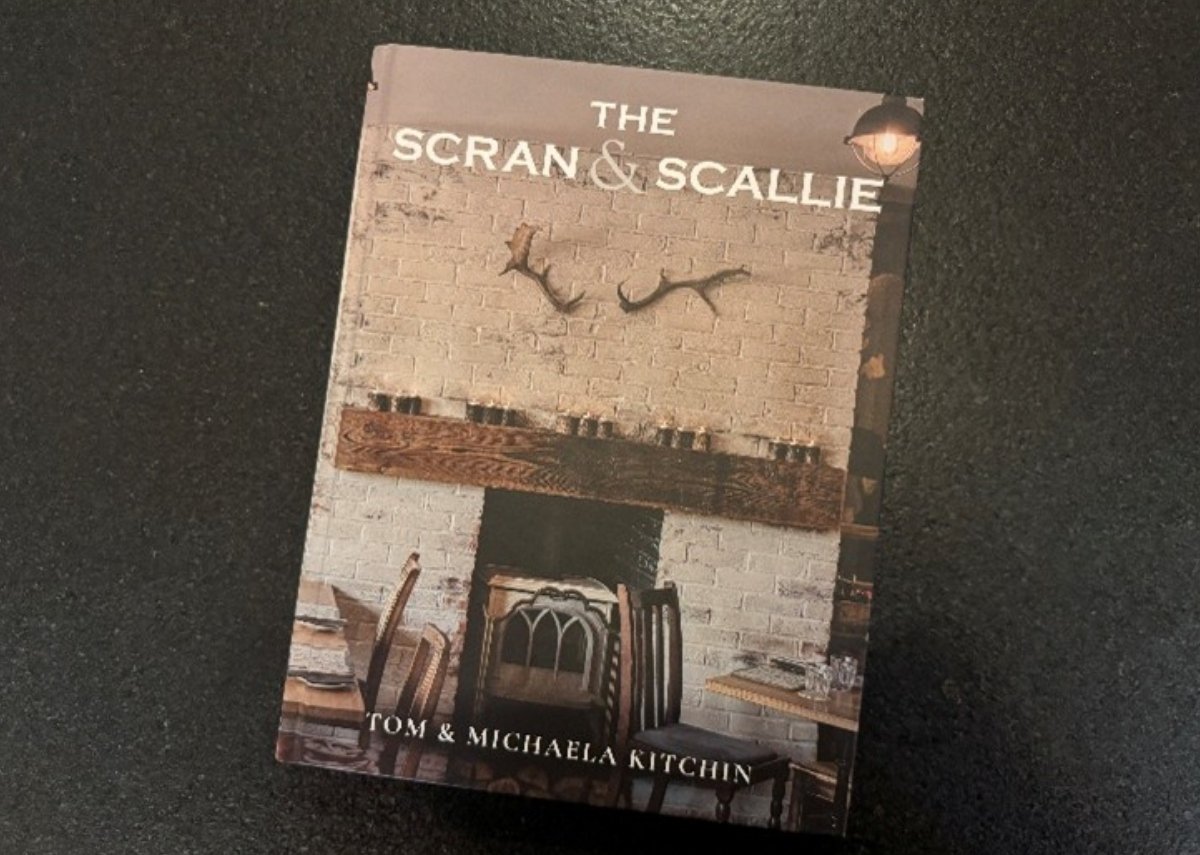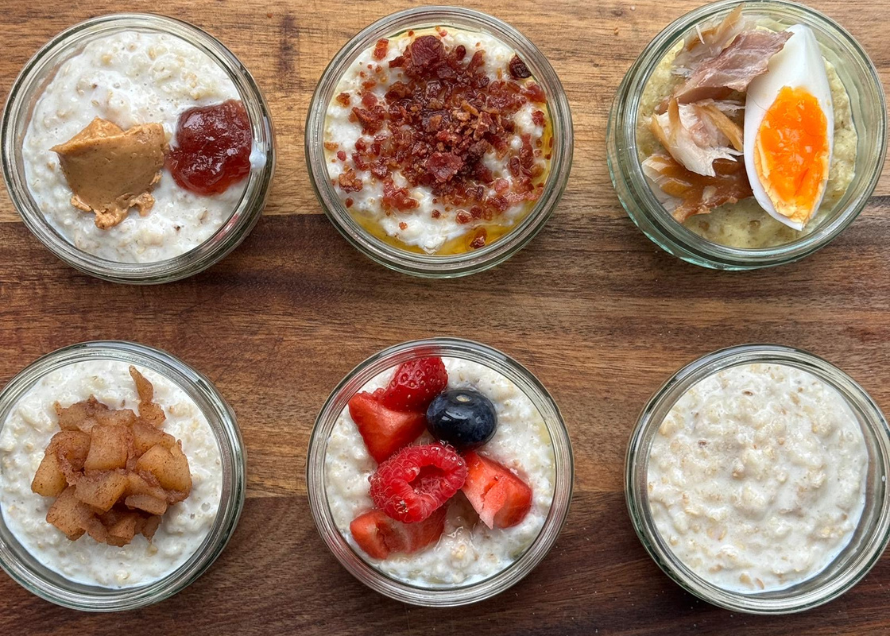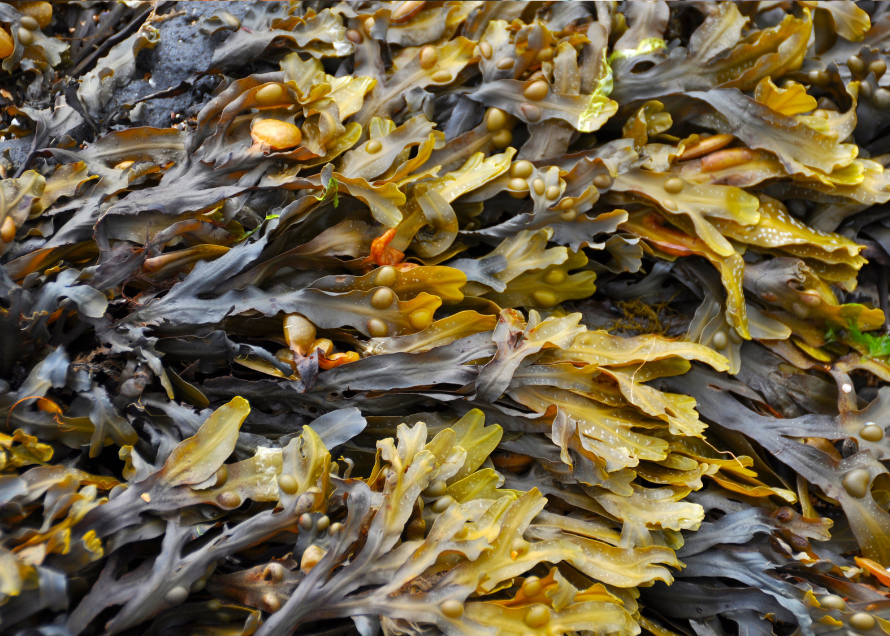Foraging in Scotland is more popular than ever, offering adventures across ancient woodlands, hedgerows, and dramatic coasts – while putting seasonal, hyper-local ingredients on the table. Here’s a feature in British English for your readers, complete with inspiration, foraging tips, and wild Scottish recipes.
Scotland’s wild larder teems with treasures throughout the year, from brambles and chanterelles to wild garlic and sea buckthorn. Interest in foraging is surging, not just as a nod to tradition but as a sustainable, rewarding way to source fresh food while exploring the great outdoors.
Responsible Foraging: The Ground Rules
- Follow the Scottish Outdoor Access Code, picking only what’s abundant and never more than you need – generally no more than 10% of any plant, fruit, or mushroom in one area.
- Never forage from Sites of Special Scientific Interest or National Nature Reserves – these are protected by law.
- Avoid rare species and always seek landowner permission if foraging commercially.
- Be sure of what you pick: some wild mushrooms and plants can be poisonous, so proper identification is vital.
- Leave enough for wildlife and for the plants to regenerate, especially with slow-growing seaweeds and fungi.
What to Forage Each Season
- Spring: Wild garlic, nettles, sweet cicely, young dandelion leaves, wild herbs.
- Summer: Brambles, elderflowers, raspberries, wild strawberries, wild roses.
- Autumn: Chanterelles, ceps, sloes, damsons, hazelnuts, sea buckthorn, mushrooms.
- Winter: Seaweeds like dulse, winter chanterelles, chestnuts, late sloes.
Getting Started
Take a foraging course with local experts, or join guided walks in places like Galloway, the Highlands, and Arran, learning to identify and sustainably harvest wild foods. There are excellent guides online and in print – NatureScot, Woodland Trust, and Scotland’s Natural Larder are respected sources for identification tips and recipes.
Spotlight: Wild Scottish Recipes
- Wild Garlic Soup: Gather wild garlic in spring for a fragrant soup – sauté with leeks and potatoes, then blitz with stock and cream for a peppery, green bowl of comfort.
- Nettle & Potato Soup: Early nettles are tender and tasty when simmered with Scottish tatties, leeks, and stock – finish with cream or oat milk.
- Chanterelle & Egg Tart: Foraged chanterelles fried with onions and Scottish eggs in a buttery pastry case make a brilliant brunch option.
- Bramble & Apple Crumble: Autumnal brambles paired with Scottish apples, topped with a crumbly oat mixture, bring forest flavours to the pudding table.
- Seaweed Crisps: Pick dulse or laver, rinse, dry, and toast for a salty, guilt-free snack full of vitamins.
You Might Also Like:
Foraging in Scotland not only celebrates the landscape but also supports a sustainable, ultra-local food movement that anyone can join – just add care, respect, and a sense of adventure. With every step into the wild, Scotland’s edible bounty is yours to discover.
For more identification advice, seasonal guides, and recipe inspiration, visit Scotland’s Natural Larder or check with local foraging groups.



